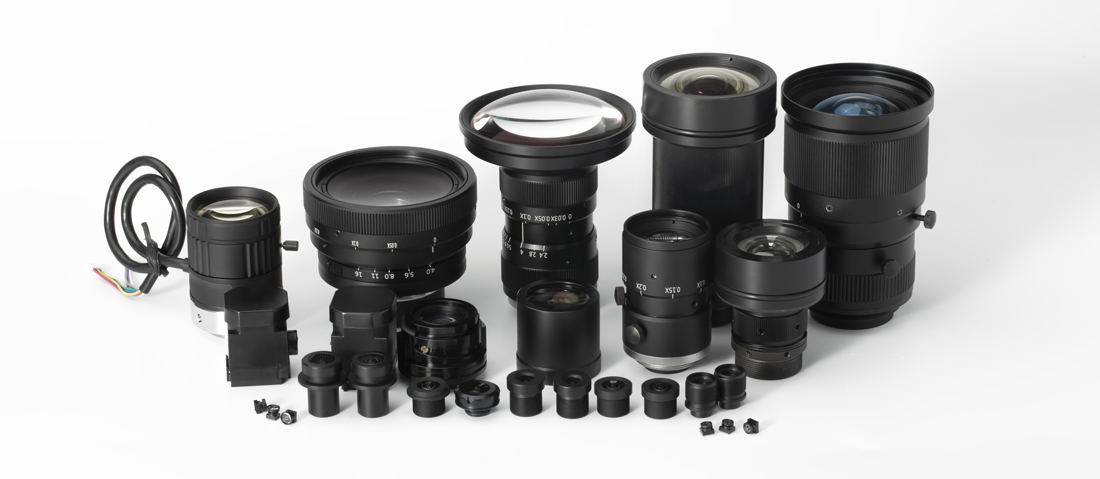Application of coating technology in optical lens processing-

The earliest lenses were uncoated, and some even did not even have the internal matting of the lens barrel and the blackening of the edge of the lens, and then a single-layer coating appeared, but this is mainly used in military telescopes to achieve lens matting and reduce damage by the enemy. The possibility of discovery (for example, the T* coating of Zeiss' top name was first developed for military use), and in the field of civilian cameras, in 1941 Kodak produced the first camera Ektra with coated lenses, but the great development of coating technology should be from the early 1970s. Pentax launched the SMC-coated Taikuma lens and began to count.
The coatings on modern optical lenses can be divided into two types. One is called anti-reflection coating, which increases light transmittance, while the other coating changes the color spectrum transmission characteristics of optical lenses. Although the optical material used in a certain lens in the lens is very good in refractive index and other indicators, but there is a yellowing phenomenon, then coat it with a spectral blocking film to correct the color deviation (the three princesses of Pentax are all Use high-refractive glass, so they are slightly yellowish), and now the development of coating technology can compensate for the inadequacies of some cheaper optical materials, the design of the lens does not have to be done with expensive special-formulated optical glass as in the past , so new lenses generally have multi-layer coatings on the air contact surface of each lens, which also highlights the important role of coatings for lenses on the other hand.
Pentax launched the SMC Super Multi-Coated Taikuma lens in 1971, which attracted worldwide attention at the time, although before that, Nikon, Canon and Leica all mastered the multi-layer coating technology (3-4 layers), but more than 6 Coating above layers remains an elusive goal.
On the other hand, Fuji claims that they have developed the electron beam coating EBC (E optical lens electron-Beam Coating) can reach 11 layers, which is already in a leading position, and they use the EBC coating technology for some movie camera lenses and for the 1964 Olympic Games. , but it was not used for the development of civilian lenses. After that, under the pressure of Pentax SMC, the Fujinon photographic lenses of EBC and Super EBC were gradually developed and achieved good market response.
Multi-layer coatings have made it possible to develop modern ultra-wide-angle lenses and large zoom optics. With the popularity of zoom lenses, the focal length and zoom range have gradually expanded (requiring more optical components), and multi-layer coating technology has become very important in order to ensure optical quality.
What's interesting is that virtually all major optical lens manufacturers (including Canon, Nikon, and Zeiss) pay a license fee to allow guests to use some or all of the multi-layer coating process on the surface of the optic at a cost acceptable to the focusing lens. Coated with a very thin anti-reflective compound. Leica, however, insisted on his noble status, claiming that the multi-layer coating technology is very weak in controlling glare, and it is more effective to reduce the number of optical elements to control glare.
The thickness of the lens is mainly determined according to the degree. Nowadays, spectacle lenses are basically made of resin, but I don’t know. There are many kinds of resin, and many say that they are imported from South Korea. In fact, domestic lenses are to a certain extent. Still better than Korean imports.
You can find optical lenses of different grades and prices to compare. Speaking of thickness, it is hard to describe the truth, because the lens is behind the edge and the middle is thin. If it is 2000 degrees, the edge is about 4 mm thick.
Ultra-thin lenses include both optical glass lenses and resin lenses. Ultra-thin myopia lenses are suitable for people with high degrees.
The glass material increases the refractive index by adding lead-containing heavy metal oxides to increase the density of the aspherical mirror and the material. The refractive index is positively related to the specific gravity. The weight of the lens increases significantly as the refractive index increases. However, under the same degree, the refractive index of the glass lens is higher than that of the resin lens.
Resin materials increase the refractive index by changing the molecular structure of the material. As the refractive index increases, the weight of the lens does not necessarily increase, and some even decrease.
Ultra-thin lenses currently refer to lenses made of high-refractive-index materials, which have the advantage of being lighter, thinner, and more comfortable. Especially for patients with high myopia, because the diopter is too high, it appears that the number of circles of the lens is too many, and the peripheral part is too thick, like the bottom of the bottle, and the appearance is very unsightly. just small. The smaller the lens, the lighter the weight of the glasses, which can reduce the distress of pressing the nose.


We are looking forward to establishing long-term cooperative relations with customers around the world on the basis of trust and mutual benefit. Please feel free to contact us for further information. We sincerely welcome you to our factory.
Copyright © Jiangxi High-Resolution Optoelectronic Co., Ltd. All Rights Reserved | Sitemap